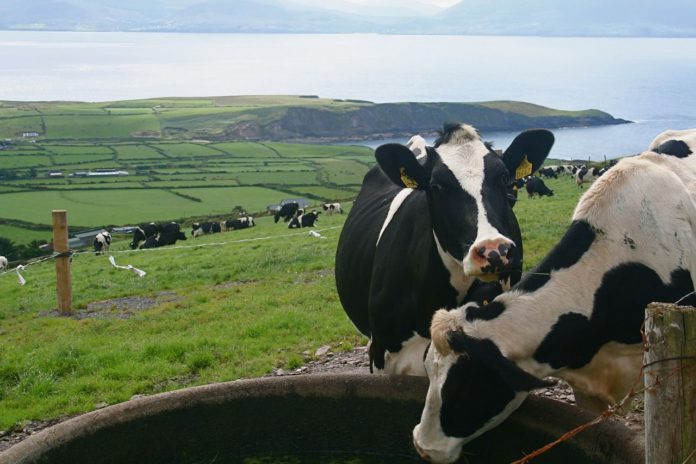The Department of Agriculture, Food and the Marine (DAFM) issued new nitrates regulations to farmers recently.
The majority of these new rules came into effect from January 1st, 2021.
The regulations that have been brought in apply to farms who exceed the 170kgs organic nitrogen per hectare limit and export slurry in order to fall below this threshold or farmers that have applied for a nitrates derogation, based off the previous year’s stocking rate.
James Concannon, Walsh Scholar, Teagasc Ballinrobe, said: “It is important that farmers, who these rules apply to, are aware of them and take the necessary actions in order to comply with them to avoid unnecessary penalties.”
New Nitrates Regulations
- Firstly, all slurry spread on these particular farms have to be spread via low emission slurry spreading (LESS) equipment. This rule will not come into effect until April 1st, 2021. As it currently stands, the farm who is importing the slurry does not have to spread the slurry via LESS, only the exporting farm.
- Secondly, Crude Protein in feedstuffs fed to cattle greater than 2 years old cannot exceed 15% CP. This applies for the grazing season from April 1st to September 15th. This does not apply to bovines less than 2 years of age.
- Thirdly, these farms must implement a liming programme on their farm. This will involve spreading lime based off recent soil samples taken for their nutrient management plan. It will consist of spreading 100% of the lime required over 4 years with at least 25% of the lime required spread in year 1. If lime has been spread appropriately within the last couple of years, these years can be used as part of the liming programme.
- All watercourses on these highly stocked farms must be fenced to keep out bovines. Watercourses on your farm are defined as a solid blue line on a 1:5000 scale Ordnance Survey Ireland (OSI) map. Each individual farmer can look up their own farm to identify any watercourses by visiting the website OSI.ie. The fence must be 1.5m from the bank of the watercourse. Temporary fencing can be used where bovines are only grazing in a field temporarily. Silage ground and tillage ground, where no bovine grazing occurs, does not have to have its watercourses fenced.
- All water troughs must be positioned at least 20m away from any watercourse, whether it be in your own land or a neighbours. These new regulations in relation to watercourses have been brought in to help prevent water pollution from livestock.
- Lastly, the dairy cows nitrate figure for a year has increased from 85 to 89kgs of N. This applies to all farms if dairy cows are present. Records must be kept as proof of complying these measures to avoid penalties if inspected.
Roadways
As well as the rules above, which relate to farms stocked at over 170kgs/ha organic nitrogen, there has been new regulations brought in for all farms regardless of stocking rate, which relate to farm roadways located beside waters.
If there are farm roadways present on your farm, there is a new spec to comply with. This entails that any farm roadway located beside any drain (wet or dry) or watercourse that there must be a camber on the road to drain water away from the drains or watercourses and into a field.
They must also be fenced from bovines and any new roadways must be fenced off 1.5m away from the watercourse bank. The full spec can be found on the DAFM website. It can be found under ‘farm buildings’ and the spec is called ‘S199’.
With Ireland’s water quality under scrutiny at the moment due to pollution from various sectors, it is important that farmers affected by the new regulations implement them in full in an effort to improve the water quality situation.
If you are unsure of your farm situation in relation to these new Nitrates Regulations, contact your local Teagasc Office for guidance.





